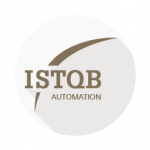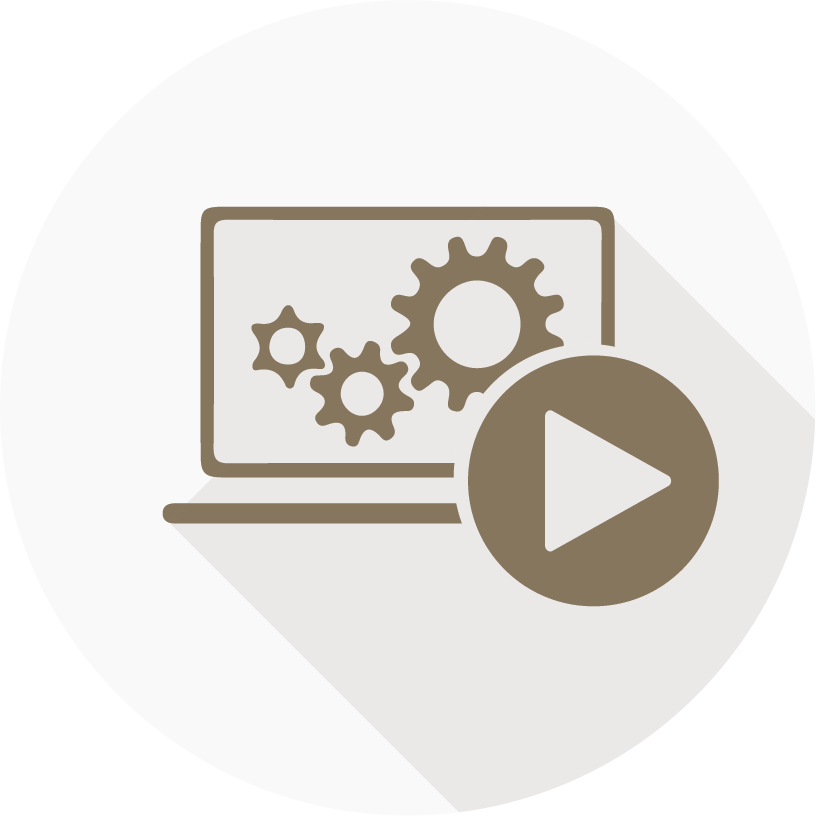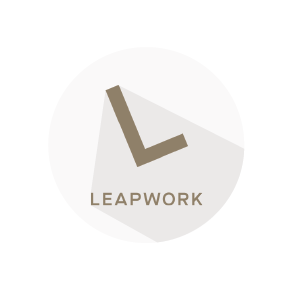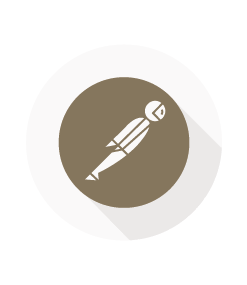ISTQB Advanced Test Automation Engineer (CTAL-TAE) v2.0
The ISTQB Advanced Test Automation Engineer v2.0 is an intensive 3-day certification course for those who want to specialize in the implementation, maintenance, and improvement of test automation solutions in professional software development environments. The course provides in-depth knowledge of the technical design and optimization of test automation within a CI/CD setup.
Learning objectives
After completing the course and passing the exam, you will have achieved:
- Understanding of the role and benefits of test automation in modern development models such as Agile, DevOps, and the V-model
- Ability to evaluate and select suitable test tools and strategies for specific SUTs (System Under Test)
- Competence to design and implement scalable and maintainable test automation architectures
- Knowledge of integrating test automation into CI/CD pipelines with a focus on different test levels and test types
- Skills to set up reporting, metrics, and dashboards that demonstrate the value of automation to both technical and business stakeholders
- Ability to analyze and improve existing test automation solutions and refactor testware in relation to changes in the SUT
- Knowledge of risk assessment and deployment strategies for automated testing, including the use of test fixtures and log structuring
- Insight into static analysis and quality assessment of automation code, including the use of Clean Code principles and design patterns such as page objects and flow models
Target Audience
The course is aimed at:
- Technical testers and developers with experience in test automation
- Test managers and QA specialists responsible for automation
- IT professionals with technical understanding and experience in implementing or improving test automation
Prerequisites: It is recommended that you have at least six months of experience with test automation and/or development. The course is technical and requires solid technical understanding and skills. Passing the ISTQB Foundation Level (CTFL) certification is mandatory in order to take the exam.
Course and Exam format
Course Format
The course is conducted over 3 consecutive days, with an optional exam on the 4th day or on-demand. The teaching is intensive and involves a high level of activity, alternating between theory, practical exercises, and case work.
Preparation for the course includes:
- 10–20 hours of preparation before course start
- 1–2 hours of homework per evening during the course
Teaching can be delivered in Danish or English, but the course materials and exam are in English.
In-House training?
If you are more than 5 people from same organisation, it can be beneficial to consider the course as in-house training. We conduct the course exclusively for your employees, either as standard as described or tailored to your needs.
Advantages of in-house training
- Financial savings for more than 5 people
- Intensive exchange of experiences and knowledge sharing
- Employees gain a common understanding of the subject
- Opportunity for unique customization based on your own methods and processes
Contact Us
Contact us to learn more about how we can customize a program specifically for your company.








